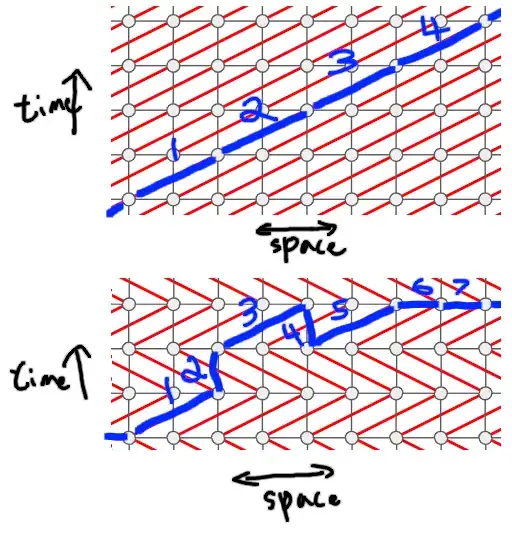On the rotated surface code, it is known that choosing a "bad" interaction order when measuring stabilizers leads to a halving of the effective code distance. This is because of hook errors: a single error on the measurement qubit can propagate to two errors on two data qubits supporting the same logical operator. This issue with hook errors occurs on qLDPC codes in general.
I am interested in ways of avoiding this issue, that is, in coming up with distance-preserving stabilizer measurement circuits, more generally.
In a comment to a related StackExchange post (Advantages and disadvantages of rotated surface code), Gidney mentioned in a comment that "alternating the order from round to round fixes them [the distance-halving problem] regardless of the order". I am confused on why this works. My naïve expectation is that alternating between two bad interaction orders, or indeed even a good interaction order with a bad one, will still lead to a halving of distance as hook errors on data qubits nonetheless appear twice-at-a-time, each time aligned with a logical operator.
Might anyone be able to shed some light on why this alternating strategy works?
